By Madronna Holden
In Barbara Kingsolver’s novel, Flight Behavior, a young Appalachian woman’s longing for something different—something just for herself—pulls her toward disaster in her susceptibility to sexual manipulation.
But on her way to an illicit rendezvous, her course of self-destruction is interrupted by a natural wonder. She see the woods full of what seems to be a mysterious orange fire that she later learns it is a gathering of monarch butterflies. This experience tells her that the passion she seeks is not about giving herself away. It is erotic in an entirely different way: a way that turns her onto a path of care for herself, her children– and the miracle of nature endangered by climate change.
As this novel indicates, our response to beauty can be centrally implicated in our personal choices. It is also implicated in our cultural story.
That story prompted pioneers to ravage the beauty of the Pacific Northwest in their attempt to tame the land. Some felt a fear bordering on panic of the grandeur of the old growth forests –a fear of the beauty that not only set humans in their humble place in the nature of things but was simply too much for them—too overwhelming. The self-styled heroes of Manifest Destiny hardly sought to be overcome by wonder.
We can only imagine how different our history might be had pioneers instead told a story that honored the beauty of the world that bestowed them with life, as did the Seri of the Baja Peninsula. Seri tradition has it that inside each of us is a flower and inside that flower is a word– the seed of language. To lose the beauty of such words is to lose the world they belong to.
Indeed, words of this kind have the power to revitalize our lives. Poet, initiated Seneca medicine person, and translator of world poetry Jerome Rothenberg tells us that poets today inhabit a “Neolithic subculture” in which nouns become verbs and the leaden surety of ownership, hierarchy and control become vision, vitality—and life.
This reverses the dynamic in advertising that moves in the direction of life to death– as it downplays natural beauty in favor of consumer icons. The feminine bodies such ads sell us are flawless –in a mortuary version of beauty possible only in the death of the actual body.
The intrusion of death into so-called beauty products is reflected by their ingredients—which include lead and other toxins.
Unfortunately, ads that link eroticism and death reflect a cultural truism. The majority of women murdered in the US are murdered by lovers or ex-lovers.
Eroticism is connected with violence in another way observed by Maria Mies in her essay, “White Man’s Dilemma”. She observes how those responsible for destruction of the environment and its indigenous lives tour “exotic” places and partake in “sex tourism” in the attempt to regain the mystery and excitement of what they have destroyed—to recover the vitality of their own lives.
Just as love is at odds with control, beauty is at odds with ownership– whether that beauty be in other humans or the natural world.
Expanses of monochrome lawns exhibit an aesthetic akin to the airbrushed complexion of women in ads—and with as much hazard to the vitality of each. Such lawns showcase the control of nature reliant on the death of unwanted insects and “weeds” —and of lives shortened by exposure to pesticides.
Expanses of unremitting sameness are not an element of natural beauty. Indeed, as educator Jean Kilbourne points out, they are not an aspect of life.
By contrast, our affinity with the natural world—our perception of loveliness based on diversity and vitality—results from the hundred thousand years in which we became human in concert with the natural world.
In that history, our sensual alertness developed as a survivor’s trait.
To deaden this sensual alertness takes considerable denial—and can result in considerable destruction. Nazi doctors interviewed by Robert Lifton cut off their own sensual awareness to facilitate their terrible acts– since if they had been fully present to those acts, they knew they would have been incapable of going through with them.
I heard a member of the Allied Liberation Forces in World War II make a similar point. For him, the horror of the camps was encompassed in their smell: the smell of dead and decaying human bodies. He washed his clothes for a month after returning home in the attempt to get the stench of death out of them. Yet when he asked inhabitants of a village near the camps how they stood the smell, they replied, “We smelled nothing”.
Today we numb ourselves to the ugliness of bulldozer- scraped land, ignoring its ruin for the sake of “development”. But we do so at our peril. The same peril that follows our ignoring climate change in spite of the droughts and storms currently escalating in our weather patterns.
Indeed, it is only at our peril that we ignore the results of any of our actions.
Natural beauty may save us from such peril by calling us back to the world– re-awakening us to our sensual presence in the world– and our conscience in the process.
According to Navajo tradition, the harmony of the natural world expresses a model of harmony in human life. To “walk in beauty” is to be blessed with goodness.
Artist Lily Yeh would agree. Her work illustrates the potential for healing that exists in beauty.
In 1986 Yeh began an eighteen year campaign to bring beauty to impoverished neighborhoods in North Philadelphia. She involved local children in painting murals and constructing mosaics, creating oases of beauty in abandoned lots. Eventually community adults joined her, including former drug lords who gave up their addictions to do so–and together they reclaimed large swathes of formerly devastated neighborhoods.
Yeh sees her creation of jewel-like mosaics as a powerful symbol, since we are all broken in some place–and mosaics use this brokenness as material with which to create beauty.
Yeh didn’t stop with the Village of the Arts and Humanities in Philadelphia. She next set out to bring beauty to the survivors of a massacre in Rwanda living beside the unburied bones of 10,000 victims of genocide. These survivors wanted most of all to give their dead a reverential burial– but did not have the resources or the heart to do it.
Yeh worked with them to construct an expansive mosaic monument to protect the bones of the dead. The ceremonial burial that followed caused many to collapse in reliving their grief years after the massacre.
But after this burial, the community continued working with Yeh with new energy, turning children’s drawings into community murals that expressed their dreams for the future.
The revitalized local spirit drew help from outside even as it sparked energy within. By the time Yeh left Rwanda, the survivors’ village had recovered weaving, planting and harvesting traditions; they had goats and cows and a clean reliable water supply from harvested rainwater, and they had built solar arrays to power the sewing machines in a business operated by orphans of genocide.
“We celebrate life in beauty”, to use Yeh’s guiding words.
But we can only do so if we have the courage, as Yeh did, to face the consequences of our human actions. In going to Rwanda, Yeh was terrified–yet beauty led her on, since she believes that in the heart of the worst tragedy is a point of light waiting to be brought out. It is our task to find and ignite the beauty waiting there.
Such beauty may yet heal us: yet show us the way to repair our world.
Thus we must guard this beauty in one another along with our own creative impulses and the natural beauty that reminds us of our place and responsibilities in life.
Such beauty cannot be controlled or purchased–nor can we guarantee its permanence.
We can only nurture it– and make ourselves available to wonder.
This essay is copyright 2010 by Madronna Holden. However, feel free to link to it or reproduce it with attribution.
Filed under: Ecofeminism, Environmental ethics, Environmental psychology | Tagged: beauty, beauty and conscience, body image, Flight Behavior, Lily Yeh, Media attack on natural beauty, Rwanda survivors' village |






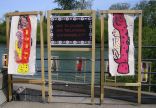




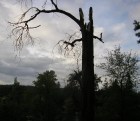
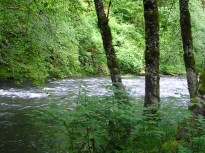



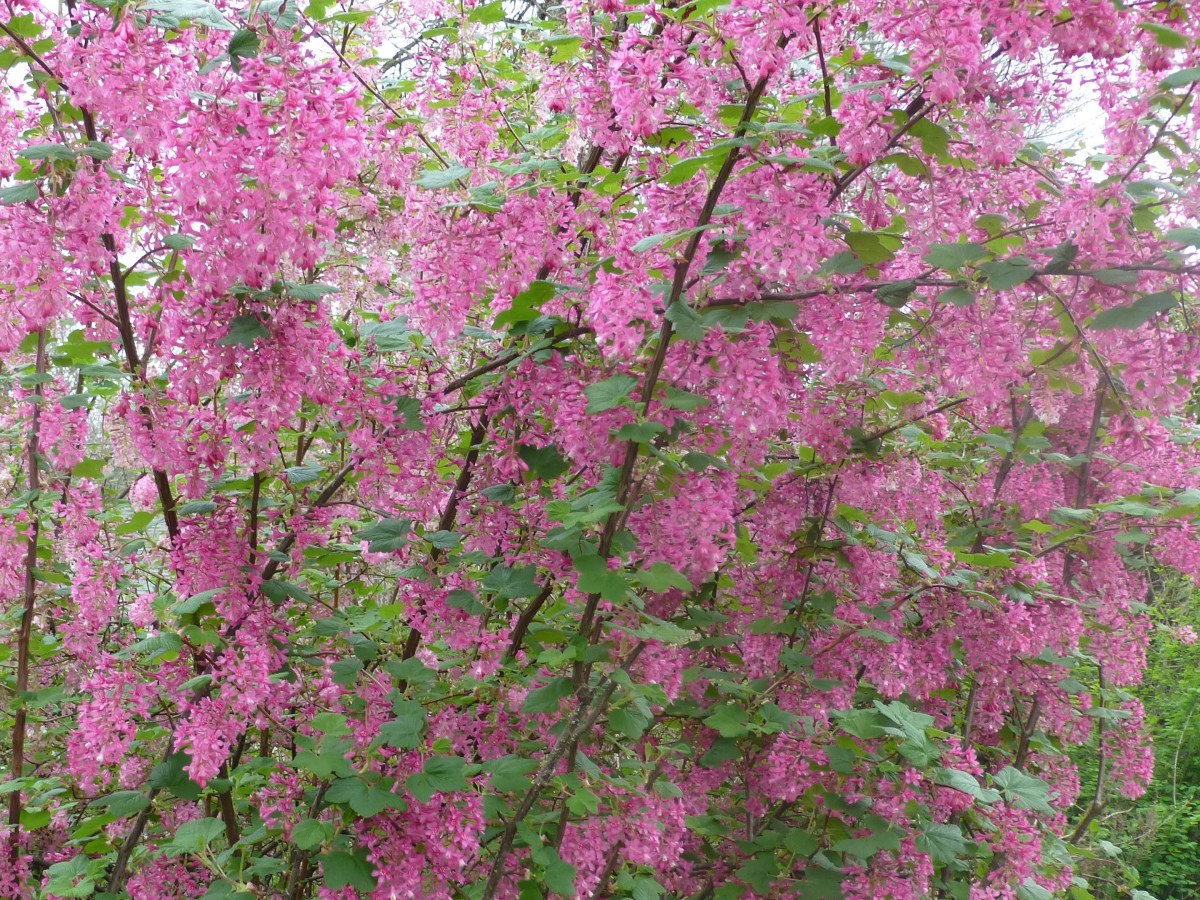
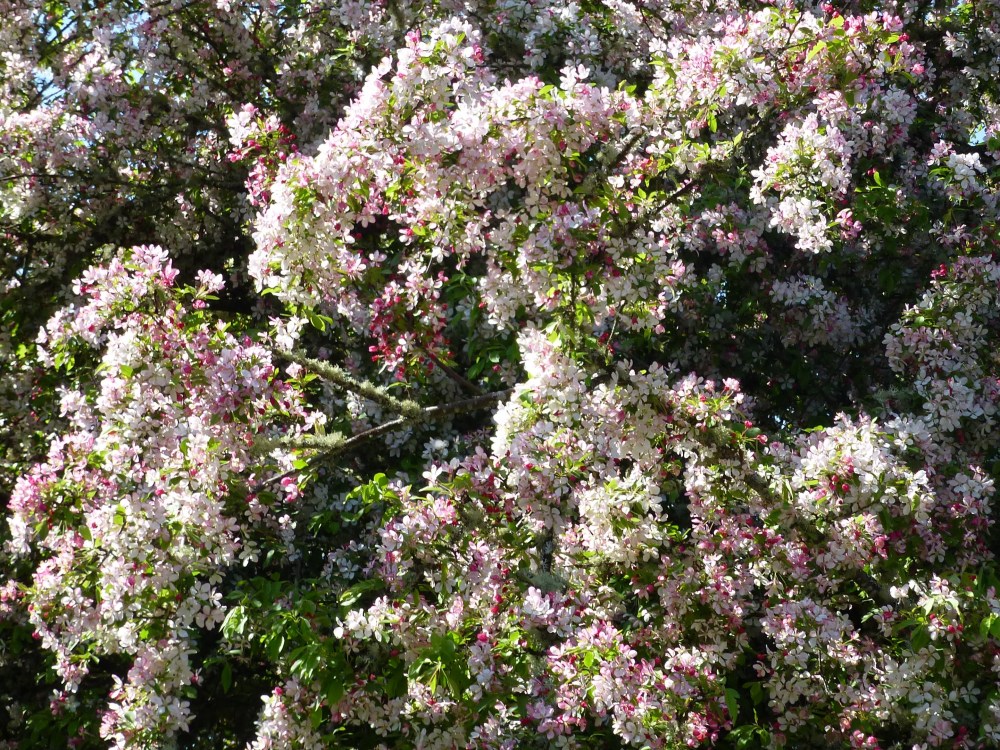
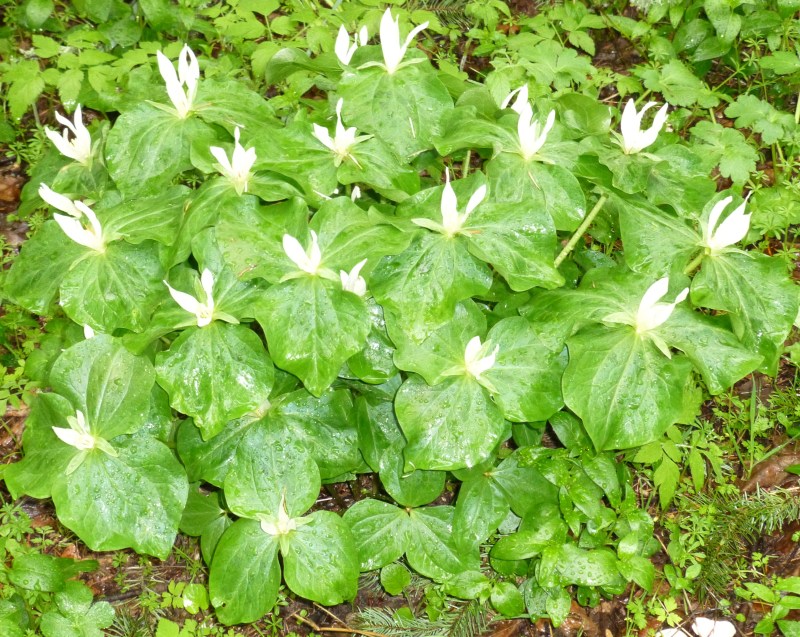
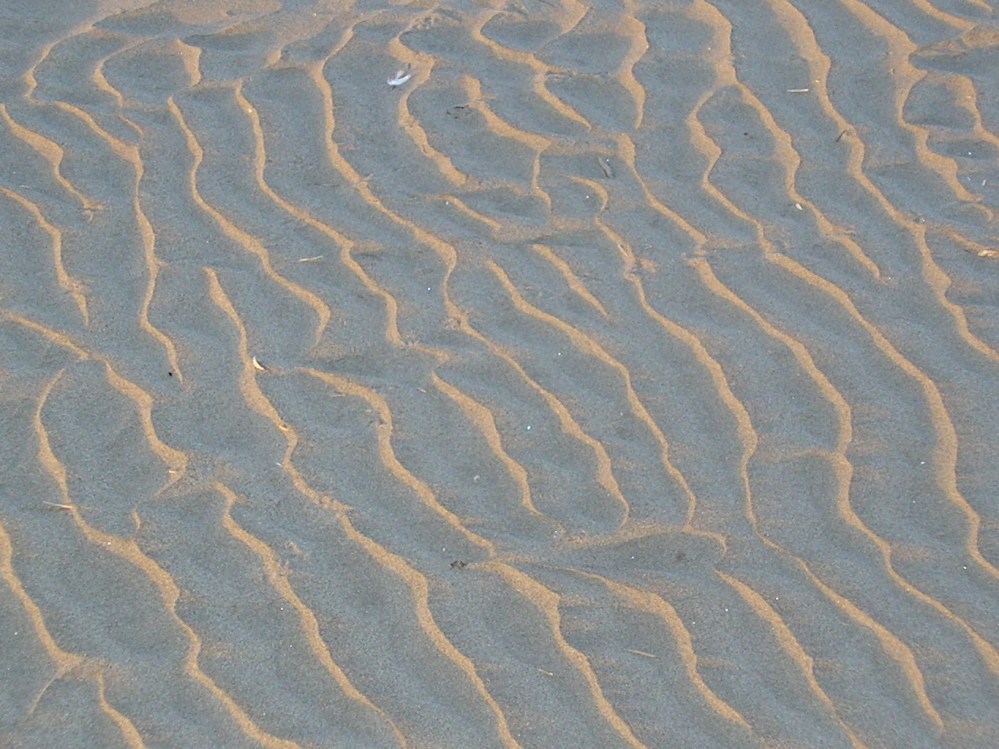

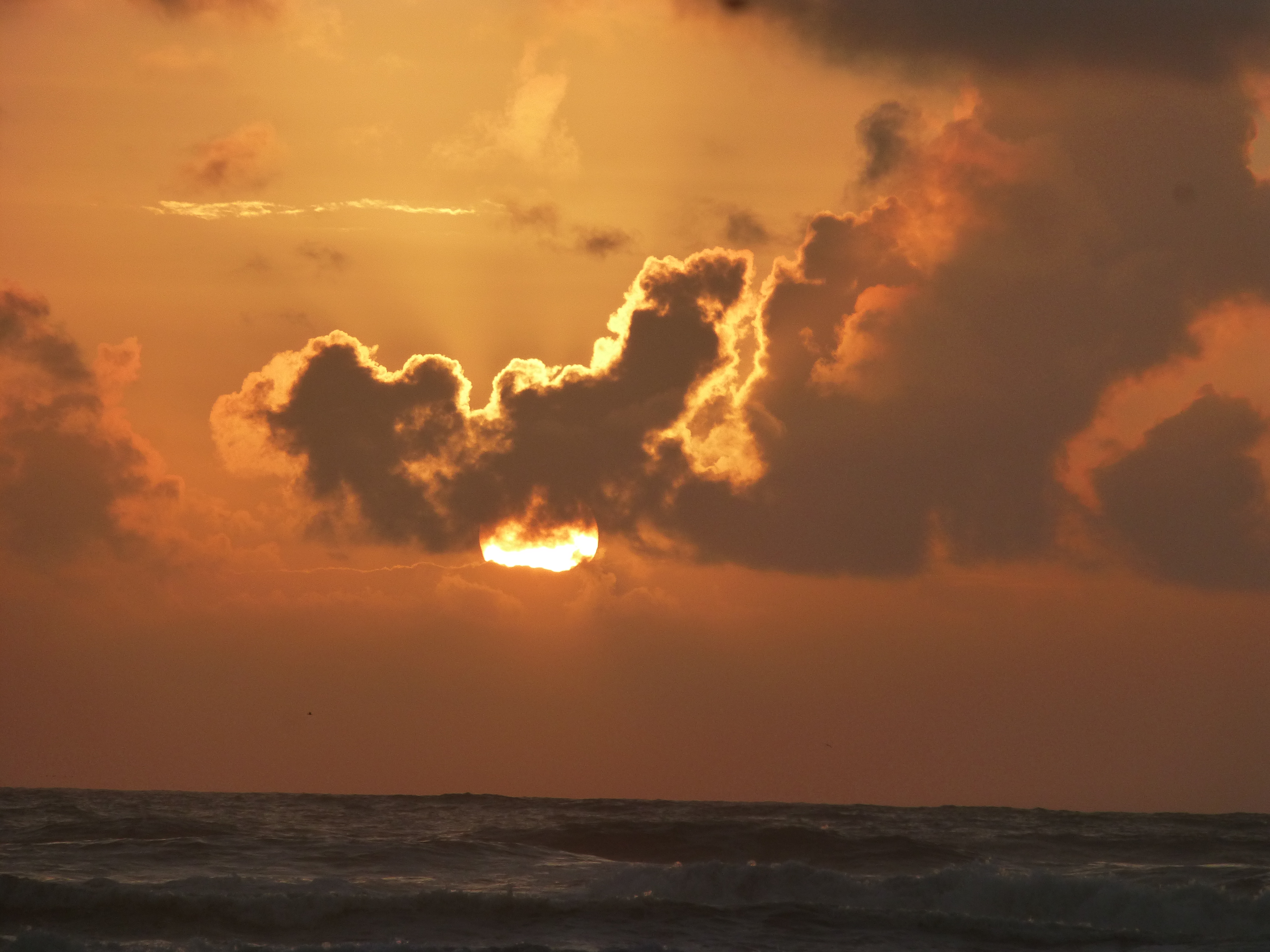


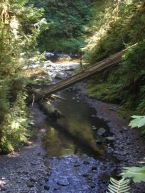
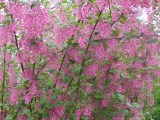




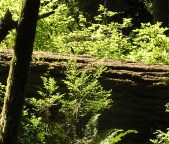




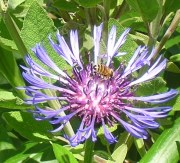



Leave a comment